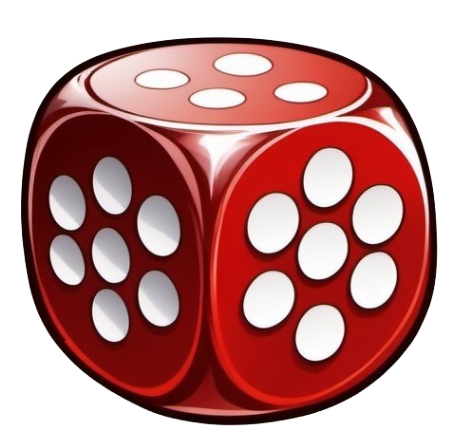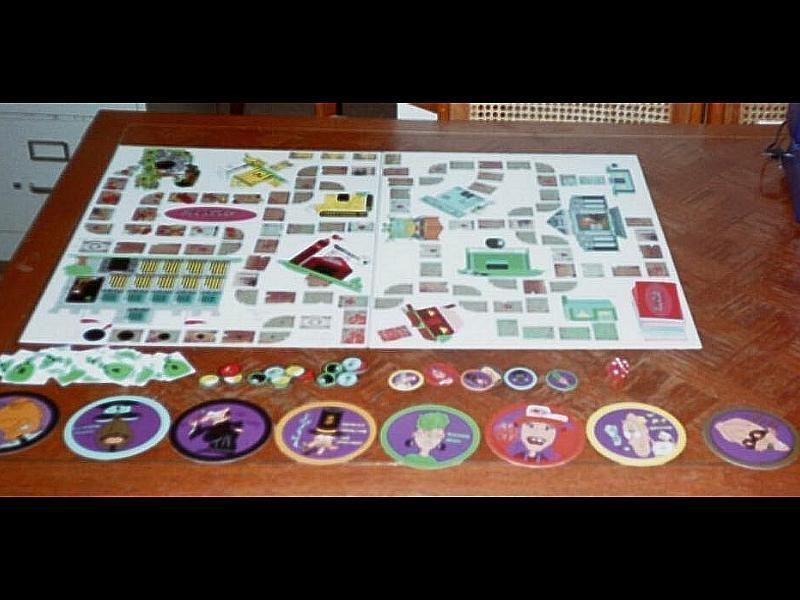Plunder (1997) Board Game
Plunder is a board game that was released in 1997, designed by Stephen Perkins and illustrated by Thomson Bros. The game falls under the category of pick-up and deliver with set collection and variable player powers. It is designed for 4-6 players, with a runtime of around 90 minutes and is suitable for players aged 10 and above.
Game Components of Plunder
How To Setup Plunder
To set up the game, players first assemble the modular ocean map by combining the double-sided ocean tiles. Each player starts with one crewed-up ship in a port. The resource card deck is shuffled and placed within reach. Players also set up the compass spinners for treasure and storm placement. The rulebook provides an overview guide for easy understanding.
Gameplay Mechanics and Game Objective
Player Experience
**Plunder: A Pirate’s Life** is known for its fun and interactive gameplay. Players appreciate the thematic and intuitive design, which allows new players to quickly grasp the rules. The game encourages exploration, combat, and strategic resource management. Player interactions are high, with options to form alliances, trade resources, or engage in combat with rival ships. The randomized map and treasure placements add to the game’s replay value.
Pros
Cons
Personal Thoughts on Plunder
**Plunder: A Pirate’s Life** is ideal for both casual and veteran gamers who enjoy a mix of strategy and luck. It is perfect for family game nights, couples, and groups of friends who appreciate a fun, interactive experience. The game’s high replay value and beautiful components make it a great addition to any board game collection. However, players who prefer games with minimal luck and more control over strategy might find some elements frustrating.
We are supported by our audience. When you purchase through links on our site, we may earn an affiliate commission, at no extra cost for you. Learn more.

